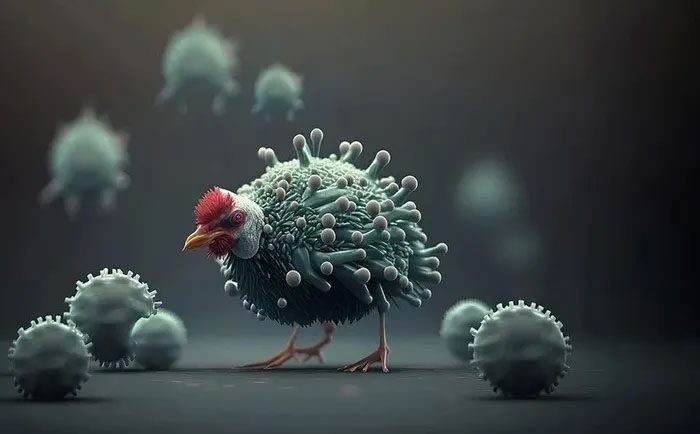The U.S. Department of Agriculture (USDA) announced new data on April 21 regarding avian influenza infection in livestock, but scientists found no information.
As of April 23, scientists had yet to find any information on the genetic sequence of the avian influenza virus in livestock in the United States, which the USDA claimed to have released earlier. The available data is merely raw data and not very useful, according to CNN.

H5N1 avian influenza identified in livestock, present in milk, raising concerns among scientists. (Image: Adobe Stock Images).
Scientists believe the U.S. government is very slow in releasing information about the avian influenza outbreak, which has been confirmed to infect livestock after a month.
Dr. Rick Bright, an immunologist and vaccine researcher, contacted various flu research entities, including the Global Initiative on Sharing All Influenza Data (GISAID), to see if any information had been overlooked.
Data scientist Lucas Freitas from GISAID confirmed that no sequences had been published by the USDA. “We would not miss it. H5 influenza is the reason GISAID was founded,” said GISAID President Peter Bogner.
GISAID, a non-profit organization based in Germany, is regarded as a reputable platform for sharing genetic data worldwide, which scientists utilize to exchange and update information about viruses, including the evolution of the virus that causes COVID-19.
When the USDA confirmed that H5N1 had been detected in dairy cattle in Texas and Kansas on March 25, this news alarmed infectious disease experts who sought more information to understand how the virus had changed when targeting a new host.
The Animal and Plant Health Inspection Service of the USDA (APHIS) reported that H5N1 has now been found in 32 livestock herds across 8 states. However, weeks have passed with very little data about the outbreak in the U.S. shared with the global scientific community.

U.S. Department of Agriculture (USDA) headquarters. (Image: Federal News Network).
The USDA stated that it regularly publishes research on GISAID. In a statement on April 21, the agency claimed to have shared 239 genetic sequences from the H5N1 outbreak, which included livestock, cats, chickens, skunks, ferrets, some bird species, and geese.
However, regarding the latest H5N1 genetic data, scientists only found raw data, referred to as FASTQ files, uploaded by the USDA to the U.S. National Library of Medicine database.
These files are considered opaque, lacking critical information to help scientists track the virus’s evolutionary process, such as not having precise sample collection dates—only the number “2024”—and the collection location simply labeled as “United States.” The data also does not specify from which part of the animal the samples were taken.
A public relations official from the USDA stated that APHIS typically shares genetic data on GISAID. However, to post data as soon as possible, the agency uploaded unprocessed data to the U.S. National Library of Medicine. It is currently unclear whether the latest version contains the complete gene sequences that the USDA announced.
Scientists are closely monitoring the situation as the avian influenza virus begins to spread among livestock. A case of H5N1-infected livestock transmitting to humans was recorded in the U.S. in early April.


















































